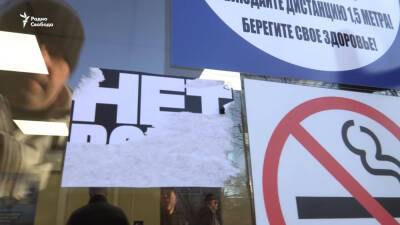Onward inertia! The secret source for keeping the lights on and greening the grid
As the world scrambles to counter the threat posed by Vladimir Putin, you might think the last thing we need is more inertia.
But while that one definition of that word is “a tendency to do nothing”, it also refers to a process that could play a pivotal role in removing fossil fuels from the UK electricity grid, making the country less reliant on gas supplies, including those from Russia.
The National Grid Electricity System Operator (ESO) is announcing a “trail-blazing” greener way of generating inertia, that if all goes to plan should also reduce carbon emissions, rein in household bills and recoup the £336m investment funding it.
In this context, the word refers to the tendency in physics for objects to continue in a state of rest or motion, unless another force acts on them. A spinning top exhibits inertia, in that it will keep spinning until friction with the ground eventually causes it to stop.
In the electricity system, inertia is crucial in maintaining a stable electrical frequency on the grid, keeping the lights on. In August 2019, more than one million people across the UK were plunged into darkness during one of the worst power blackouts in more than a decade, after the frequency of the grid fell from its usual 50Hz to 48.88Hz.
That unprecedented loss of power generation was caused by a lightning strike, but outages can happen for other reasons too, causing a sudden shortfall that knocks the system’s frequency off kilter.
As things stand, the grid system usually balances itself automatically thanks to the inertia held in massive spinning turbines at coal and gas power stations – much like a spinning top, but 19.5 metres (64ft) long and made of 300 tonnes of steel and aluminium.
They respond instantaneously to a
Read more on theguardian.com
















